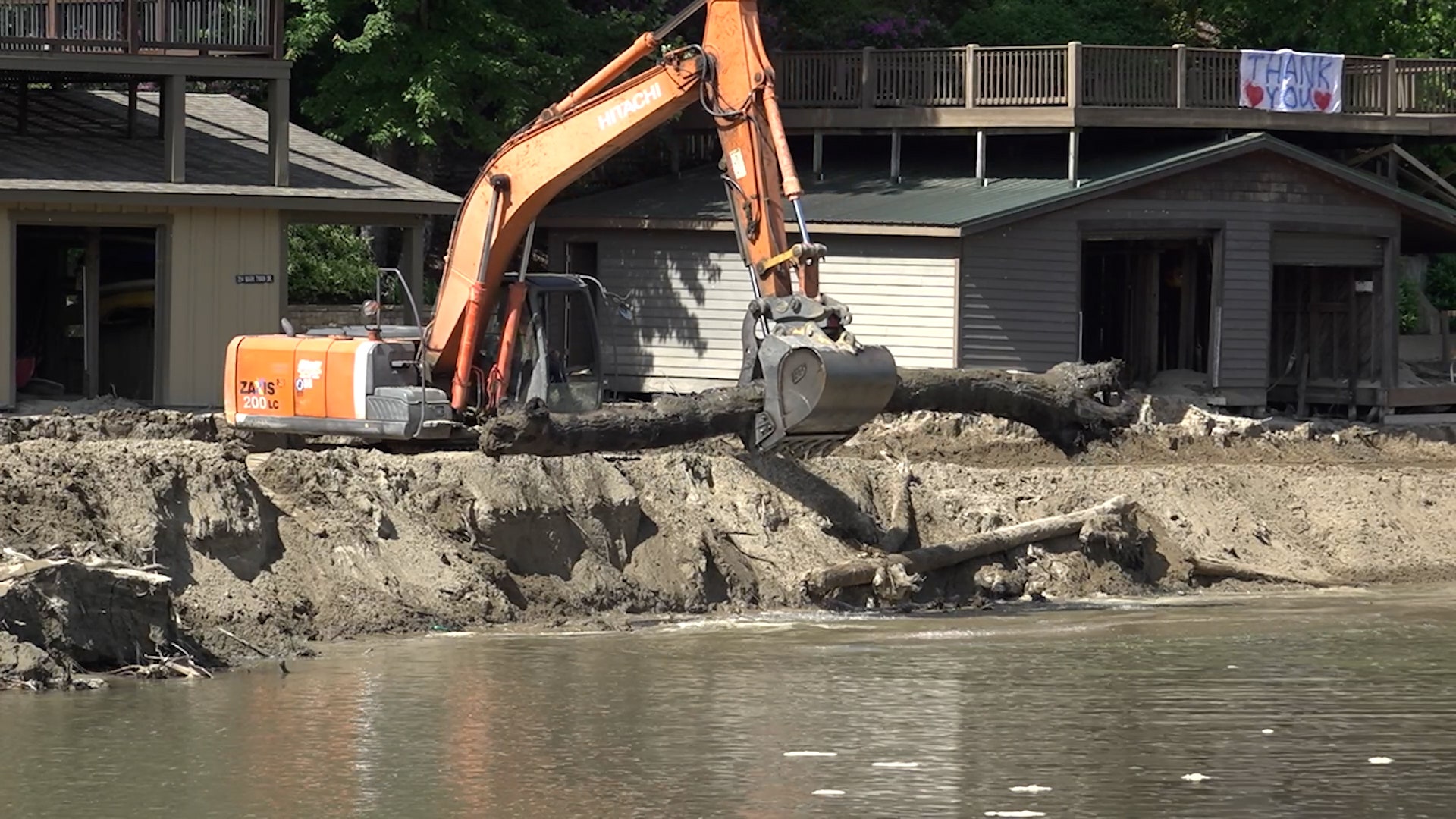New Yorkers certainly love their takeout.
Supposedly, in NYC, around 45 to-go food searches are made each month per 1,000 residents, according to a study from Betway, originally reported by Time Out.
While it’s easier than ever to snap your fingers and have food delivered to your home — people have to be careful with how long they’re storing and reheating their leftover food, especially anything involving rice.
Surprisingly, cooked rice can harbor a toxin-producing bacterium called Bacillus cereus.
“[The bacteria] survives the initial cooking process as a spore and if [the rice is] left out at room temperature, it’ll produce toxins,” Emily Hovis, an assistant teaching professor at the University of Washington School of Public Health, explained to Right as Rain by UW Medicine.
“So even when you reheat [rice], you’re killing the vegetative cells, you’re not destroying the toxins.”
And these toxins can cause food poisoning or sometimes more serious health issues, especially if a person has a compromised immune system or is pregnant.
When reheating rice or any leftover food — on the stovetop or in the microwave — the food should reach an internal temperature of at least 165 degrees, according to experts. You can check this using an inexpensive food thermometer.
Speaking of reheating, as tempting as it may be to throw your leftover pasta in the microwave to reheat it using the plastic container it came in — experts warn against this.
As reported in Well & Good, those containers can have materials that spread chemicals like microplastics, phthalates or BPA into your food.
“When these plastics are heated, they can break down and release harmful chemicals into your food, increasing your exposure to toxins,” Shanina Knighton, PhD, RN, an infection preventionist and adjunct associate professor at Case Western Reserve University, told the outlet.
“The hotter, greasier, or more acidic your food is, the more likely these chemicals will leach into your meal,” the expert said.
Instead of lazily relying on the dangerous takeout containers, store your leftover food in the fridge in a container with an air-tight lid and always reheat it in microwave-safe ceramic, glass bowls or plates, according to the Food Network.
And considering 32% of Americans admit they’re likely to forget about leftovers once they’re out of sight, try not to let your leftover pizza sit in the fridge for longer than three or four days, because food can still go bad there.
According to the USDA, “spoilage bacteria can grow at cold temperatures, such as in the refrigerator. Eventually, they cause food to develop off or bad tastes and smells.”













